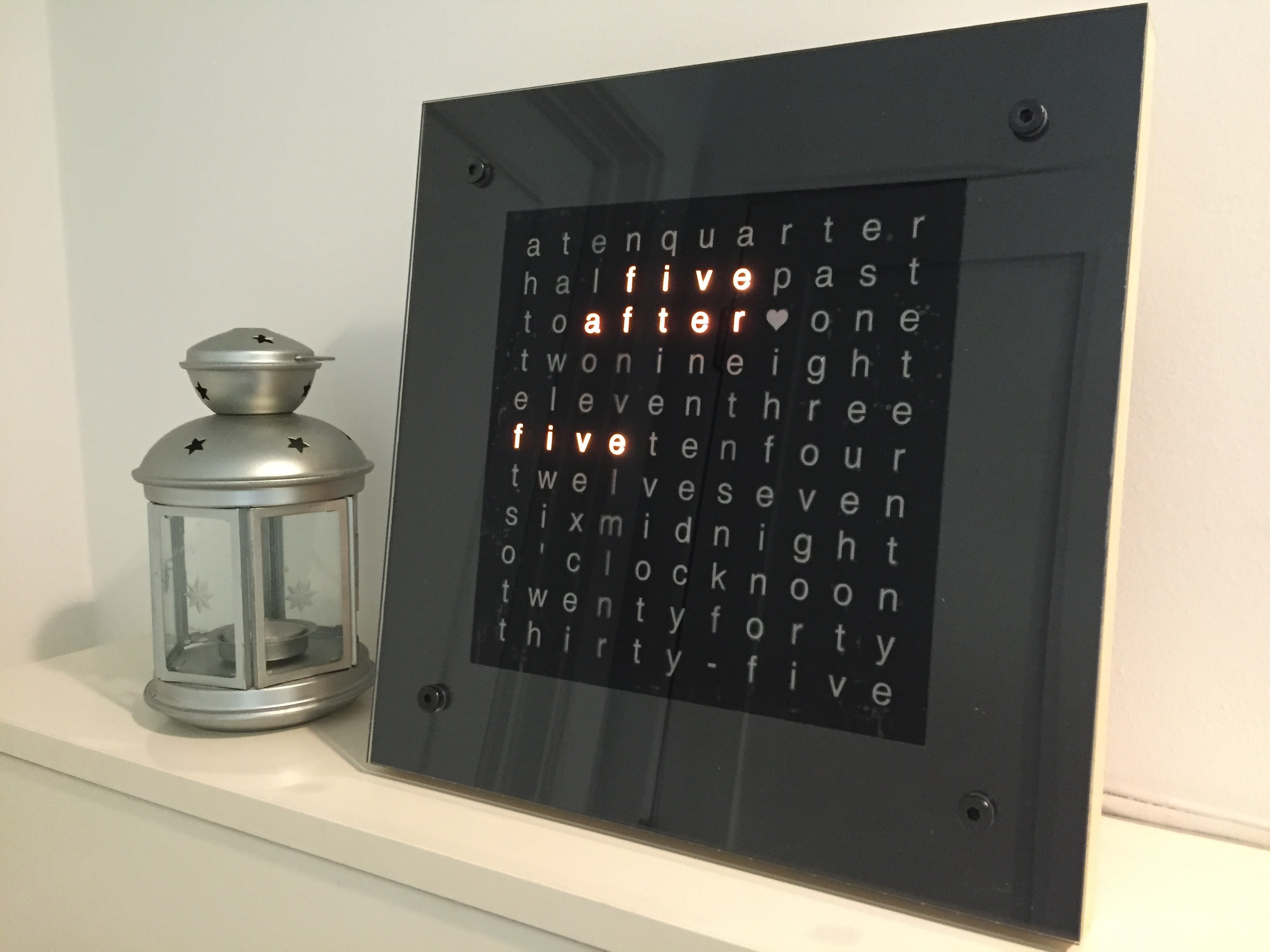
After my prior experience working with LED strips, I wanted to try my hand at making a product with them that could live in my home. I liked the idea of making a word clock like the QLOCKTWO, but I was always a bit bothered that in every incarnation I saw, some of the letters in the grid were never used. So I spent some time trying to come up with my own grid of letters where every letter would be used, and I came up with what you see here. In this design there is only one location that is not used to tell time.
Making a one-off clock using a grid of LED strips was not that hard. Making one that was beautiful enough for my wife to be happy with putting up in our home would be harder, but doable. But at some point I tried making this into a product I could sell, and that dramatically increased the project's complexity.




I designed the body and face of the clock to be assembled out of laser cut pieces of wood or acrylic. LED strips are mounted to the inside of the back case, and a grid of laser cut light baffles are placed on top to keep light from one pixel from bleeding into the another. Capacitive buttons are hidden under the lower edge of the frame to switch between display modes. I originally laser cut the letter grid out of acrylic, but then realized that the interior parts of letters like 'a', 'b', 'd', 'e', etc. would fall out because they would not be attached to anything. So I switched to cutting the letters out of vinyl and affixing the vinyl to a piece of acrylic for the front panel.
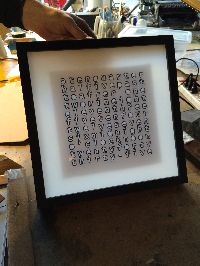
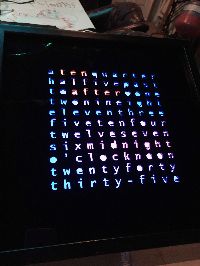
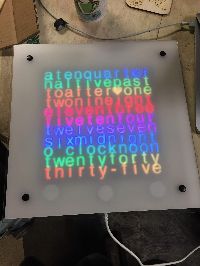
This was also my first foray into custom PCB design. I took some classes on how to make custom circuits at the Hoboken Makerbar, and then designed a custom circuit board that incorporated an Arduino microcontroller amd capacitive touch and realtime clock ICs. I then worked with a company in Brooklyn to have a number of the PCBs printed and assembled. Later I even took the finished product through FCC testing and designed packaging for it.
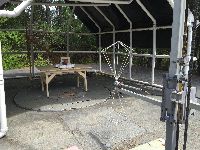
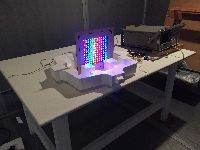
The fun part for me was the software. I programmed it to tell the time as a word clock, but I also programmed in a number of full-color animations so that it could function as a very low-resolution pixel display art piece.
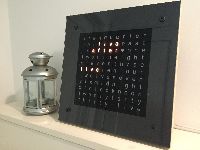
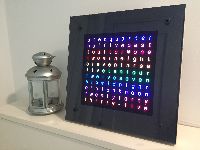
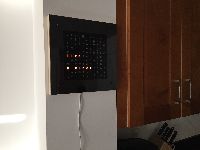
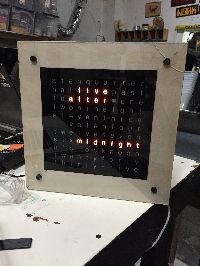
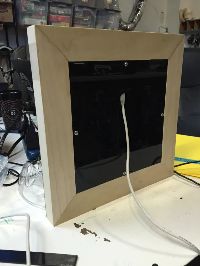
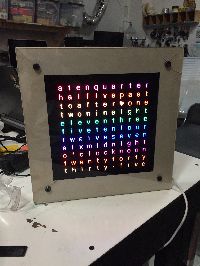
I never did take this all the way through to making a full production run and selling them, however. Throughout the process I learned how difficult making a product is, and I realized that if I really did want to make this a product, I would probably need to completely redesign it. I had tried to keep the assembly process streamlined and minimal, but it was still far too time consuming and left too much room for error. If I revisit this project one day I would incorporate all of the the LEDs into the PCB so there would be no need to solder individual LED strips. I would also strongly consider 3d printing or injection molding the case and light baffles in favor of hand assembly.